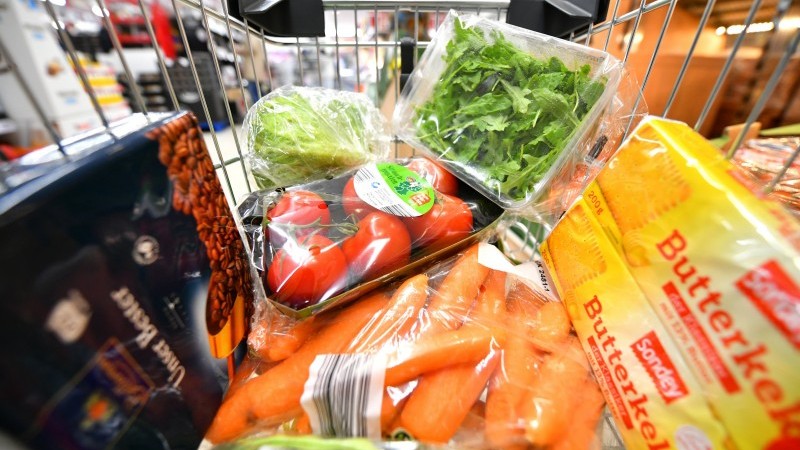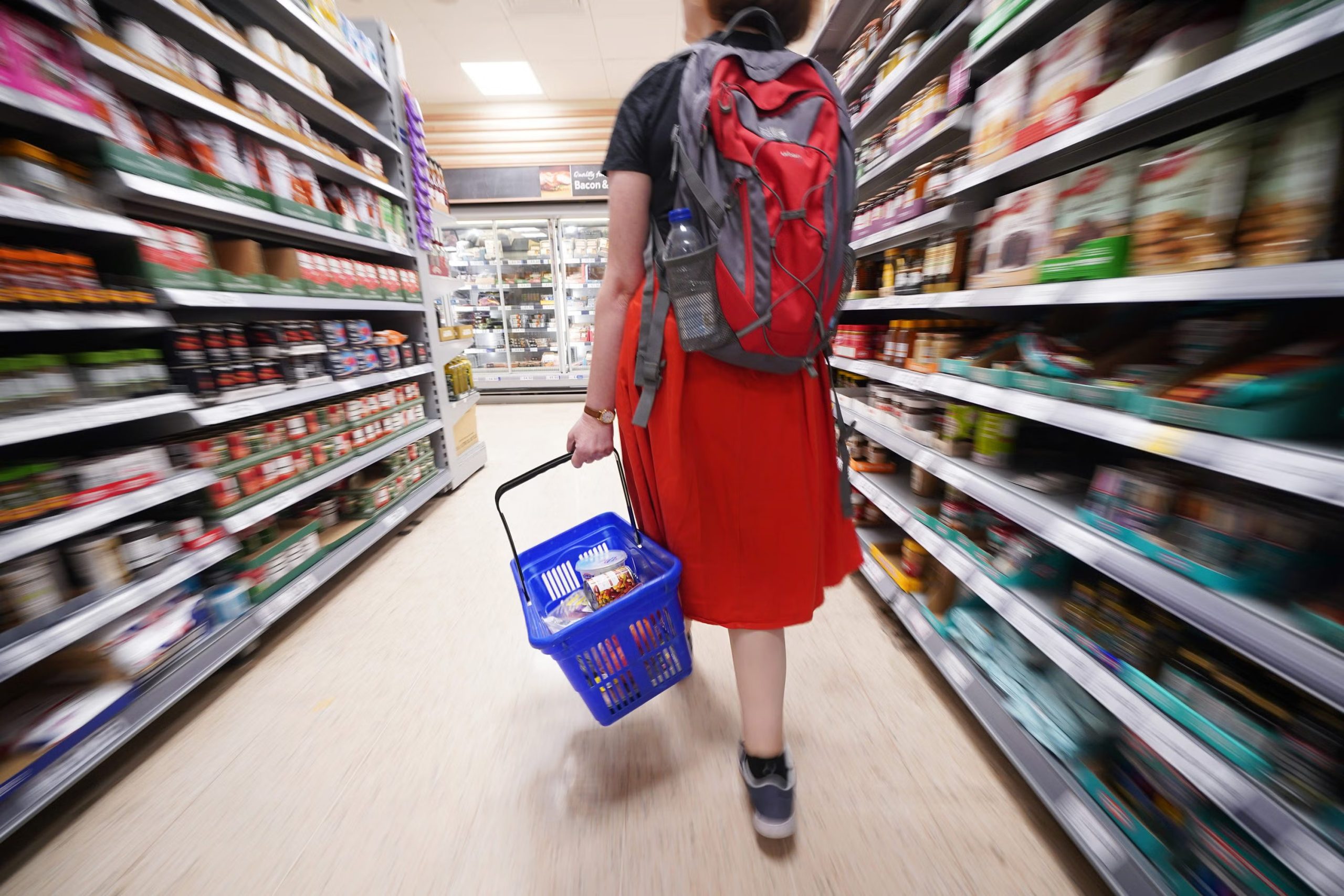During the height of the cost of living crisis in Britain, the impact on weekly grocery bills was significantly more severe for the poorest households compared to wealthier ones. Research by the Institute for Fiscal Studies (IFS) highlighted that the least affluent experienced a 29.1% increase in their food costs from 2021 to 2023, whereas wealthier households faced a 23.5% rise. This disparity was attributed to “cheapflation,” where the most affordable brands saw the sharpest price increases.
The IFS report was released alongside new cost of living statistics from the Office for National Statistics, which showed that the UK’s annual inflation rate had risen to 2.2%, marking its first increase since December of the previous year. This rise was partly due to domestic energy bills falling less than in July 2023. The report noted that grocery items among the cheapest 10% had seen a 36% increase over the two years, while more expensive versions of the same items rose by only 16%.

Cheaper Food Prices Rise More for Britain’s Poor, Exposing Greater Inflation Impact on Low-Income Households
The impact of “cheapflation” on poorer households was particularly severe. The IFS calculated that if the poorest 25% of households had experienced the same inflation rate for groceries as the wealthiest 25%, their annual food bills would have been reduced by £100. This level of disparity was unprecedented in recent history, reflecting the significant effect of rising prices on low-income families.
The study covered a period marked by various inflation-driving factors, including the easing of Covid-19 restrictions, supply-chain disruptions, and the Russian invasion of Ukraine. Overall inflation had peaked at 11.1% in October 2022 but had since decreased. However, predictions suggested that inflation might rise again, and the Bank of England cautioned that the struggle against inflation was ongoing.
The IFS emphasized the importance of understanding the inflationary effects on different income groups, highlighting that poorer households experienced higher inflation due to their reliance on cheaper grocery items, which had seen the highest price increases. The report also noted that similar patterns of “cheapflation” were observed in other countries post-pandemic, suggesting a broader issue of inequality driven by rising food prices.











































